‘Cinderella’ still has magic 65 years later

Image source: Disney Enterprises via IMDb
In a way, the making of this Cinderella movie is kind of a “Cinderella story” in itself. At its base, it has a standard Common Girl plot, albeit with sincere intentions. Put the magically talented Kenneth Branagh in the director’s chair and let him wave his wand, and Bibbidi-Bobbidi-Boo! Cinderella becomes a beautiful piece of work worthy to catch the attention of a prince.
65 years since Walt Disney himself released the classic animated musical about the girl with the glass slippers, Branagh gives us a live action remake that does not bring anything substantially new to the table. But it is precisely because Cinderella stays true to its source material that it remains magical.
MINI-SPOILER MARK: Minor plot details discussed beyond this point. No major spoilers revealed.
Save for several minor changes, it really is the exact same story.
After the death of her recently remarried father (Ben Chaplin), Ella (Lily James) is reduced to a life of servitude by her wicked stepmother, Lady Tremaine (Cate Blanchett), and is made to wait hand and foot - quite literally - on Tremaine and her horrid daughters, Anastasia (Holliday Grainger) and Drisella (Sophie McShera). When she rushes off to the woods to let off steam, she fatefully encounters Prince Charming (a clean-shaven Richard Madden of Game of Thrones), who only introduces himself as “Kit” and as an apprentice at the palace. Sparks fly, and the Prince is determined to meet Ella again when he is made to choose a wife. He throws a Royal Ball for the entire kingdom in hopes of finding Ella. The rest is history.
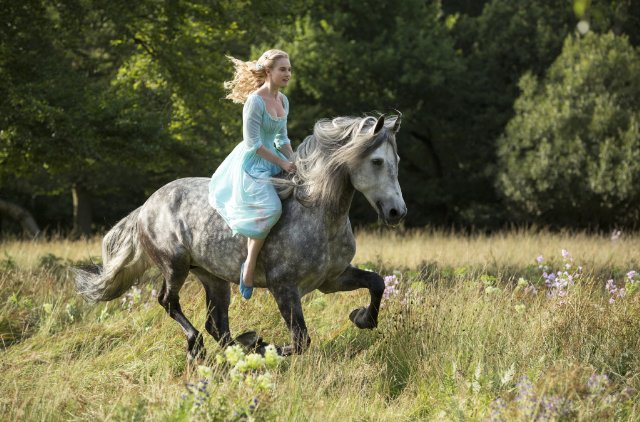
Image source: interaksyon.com
On script and paper, Cinderella looks like it is destined to flop, or barely scrape through at best. When a timeless fairy tale has already been onscreen as an enormously successful Disney classic that still remains fresh in our memories after six decades, reintroducing it to the big screen with largely the exact same story seems disastrous, perhaps even lazy. But this actually turned out to be Cinderella‘s smartest move.
What Branagh and his writers just did was to avoid - what I would like to call - the Curse of the Fairy Tale Remakes. We have seen it more than our fair share of times in the past five years alone. With big studio budgets, popular fairy tales and previous Disney animations are revamped with a darker, grown-up plot and bloated with special effects and an obligatory big war scene. Think Maleficent, Jack the Giant Slayer, the two 2012 Snow White fiascos, and Alice in Wonderland, just for a start. All these have ever done is to quash the timeless quality of their source material and reduce it to a shallow action flick where special effects are the star. With Cinderella, I am proud to say that we get the opposite.
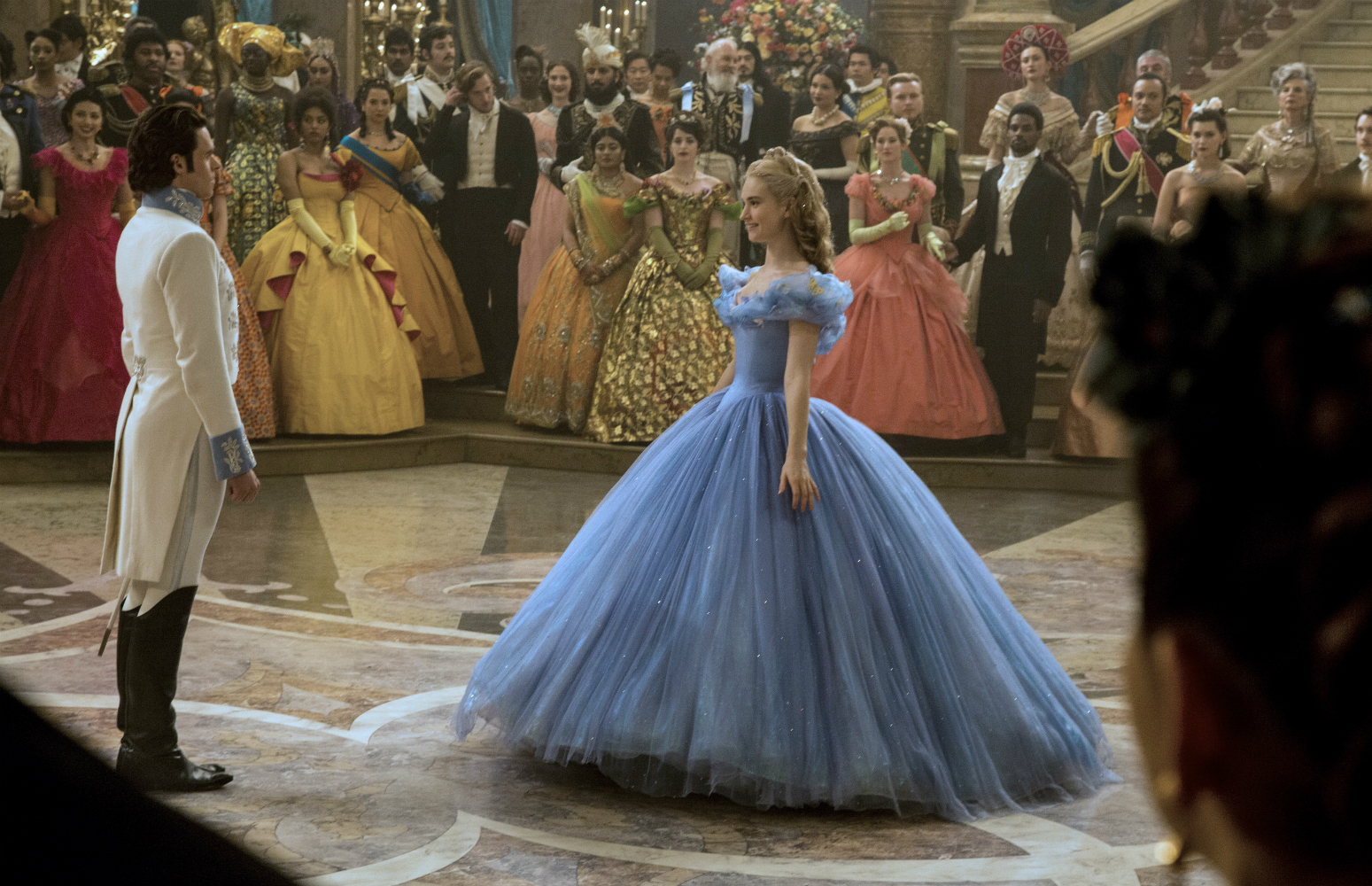
Image source: fanpop.com
Yes, Cinderella is by and large the same as the 1950 animation, and so the magic is largely preserved. There are no action scenes, and hence the integrity of the story is protected. It undoubtedly feels like a fairy tale, and not a Hollywood blockbuster. There is a considerable amount of special effects, glorious set designs and sweeping shots of its majestic setting. But the special effects are never the star, and Branagh only uses these as tools to elevate the magical quality and distinct “fairy tale”-ness of Cinderella. Almost as if he is honouring the original Disney animation, Branagh uses modern technology to accomplish what the 1950 classic could never have. And for that, we are extremely thankful.
Of course, Walt Disney Pictures is not simply copying and pasting its own work. Cinderella has plenty of minor changes, and these all improve its source material. 1950′s Cinderella was a classic Disney princess, although many have pointed out her lack of dimensionality, lack of character development and adherence to patriarchal standards of women’s roles. Lily James‘ Ella is not the most impactful of Disney princesses either, but she is more likeable than she was 65 years ago. The movie celebrates the fact that Ella is compassionate and selfless, and this turns into the prime quality that catches the heart of the Prince. Her vulnerability is also magnified, and hence, so is her strength. The iconic Cinderella has come back with layers, and we more than welcome it.
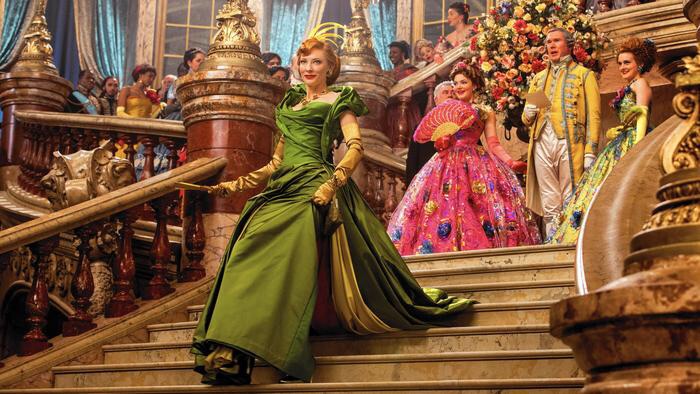
Image source: fanpop.com
Cate Blanchett is, of course, Cate Blanchett. And so her performance as the wicked stepmother is unsurprisingly cruel. Lady Tremaine never keeps us on the edge of our seats, but she is a palpable negative presence that causes us to root for Ella even more. Blanchett also brings a level of suffering and humanity to the villain, and although this is not explored to its potential, we know that there is possible room for pity. Lady Tremaine is certainly more interesting when Blanchett revives her onscreen.
The Prince, played by a less scruffy-looking Robb Stark, is by and large still the flat and perfect prince. The only improvement we get is how Madden shows that he is clearly enchanted with Ella’s heart than he is with her looks (he does have plenty of other gorgeous and more titled ladies to choose from at the ball), and this certainly reinforces the movie’s message of valuing kindness and courage. Then, there is Helena Bonham-Carter as The Fairy Godmother, and she beams with charm when she is onscreen. She is likeable and a contrastingly positive energy. The only complaint we have is that she does not have more screen time. She is played by Bonham-Carter, after all.
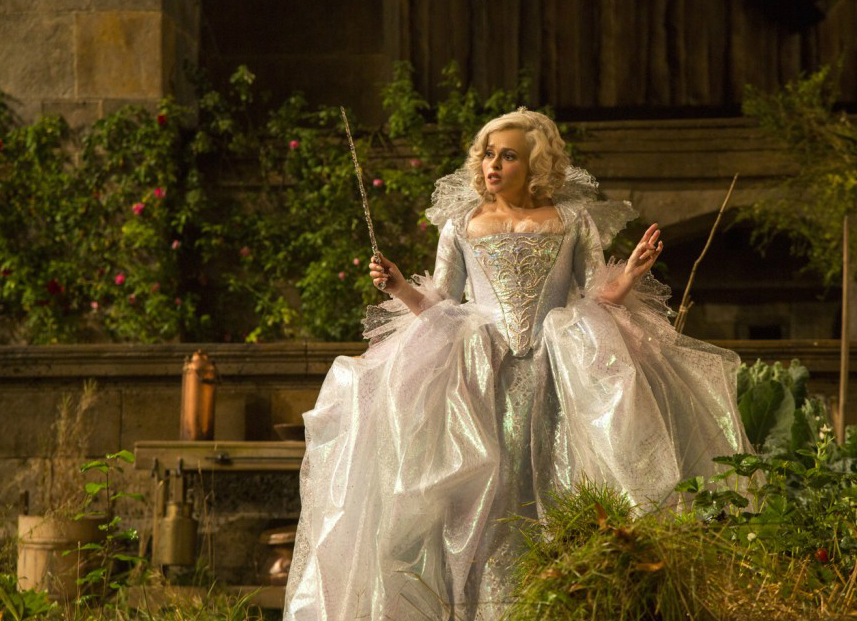
Image source: hype.my
But the biggest star of Cinderella is one that we do not physically see onscreen. Director Kenneth Branagh is time-tested and legendary by this point in his career (his directorial credits include the acclaimed Hamlet, Henry V and Thor) . He is untouchable, one of those “give him the money and leave him alone to do his work” directors. As previously mentioned, his script was nothing special to begin with. But Branagh combines such dramatic camera angles, music and editing that his scenes are so beautifully shot. Some of them are even picture perfect, especially the silhouette of Lady Tremaine with the sparkling glass shoe in hand. Branagh’s talent elevates the tension and emotion of the movie. He is the maestro, the Fairy Godfather, who makes Cinderella what it is: a worthy remake.
Admittedly, Cinderella remains a movie for girls. It is hard to see how the film would thrill boys who favour action heroes as much as it would its target female audience, but Cinderella is still pretty enjoyable for both genders, at the very least. In fact, it only further demonstrates Branagh’s range as a director.
You do not gain anything new from watching Cinderella, besides the joy of revisiting a beloved fairy tale onscreen, with much of its original glory still intact. In other words, it is precisely because Cinderella is so faithfully and familiarly similar to the original that you should watch it.
Rating: 3.5/5 (TALK-o-meter: “Good, not great.”)
![]()

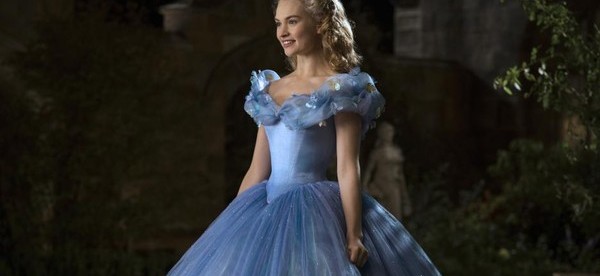
Leave a comment